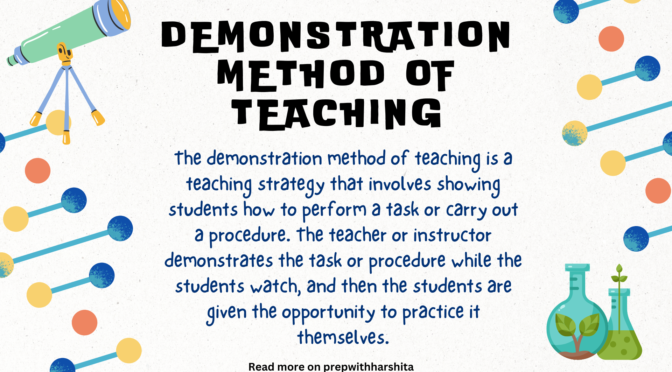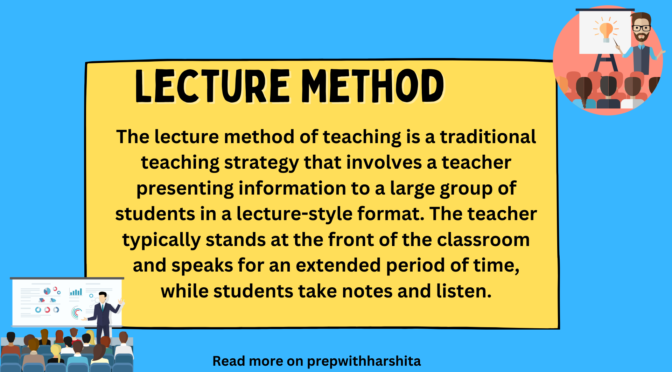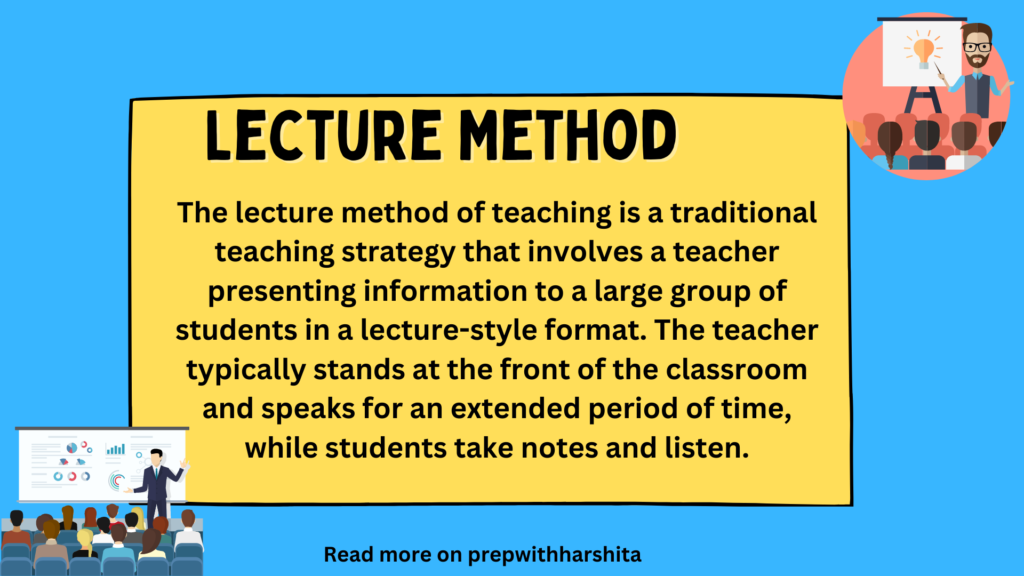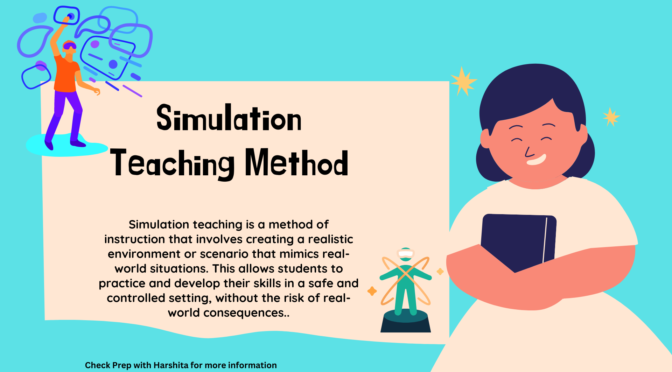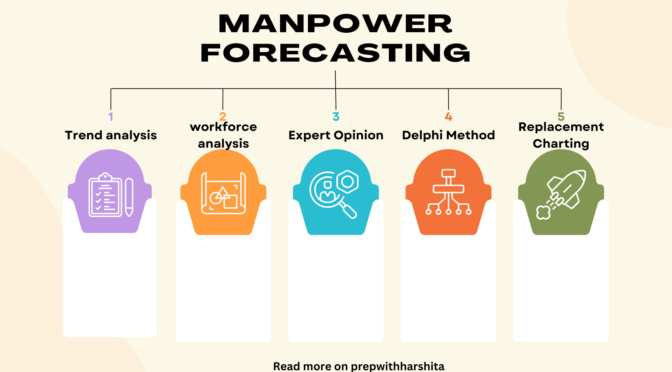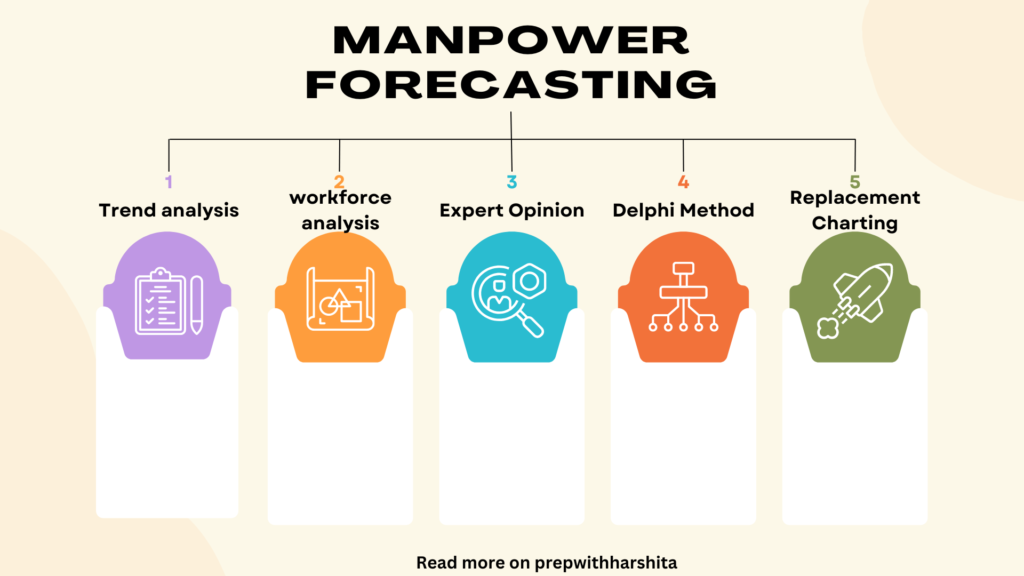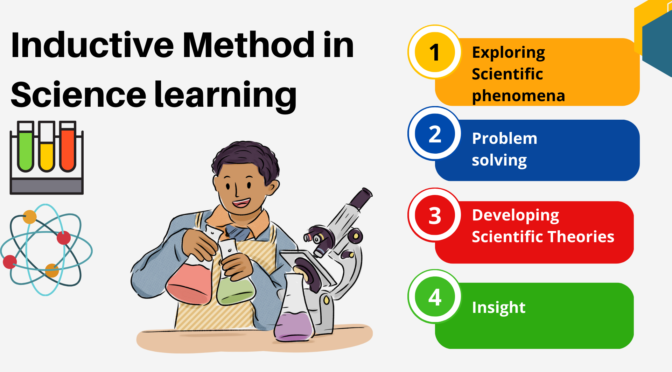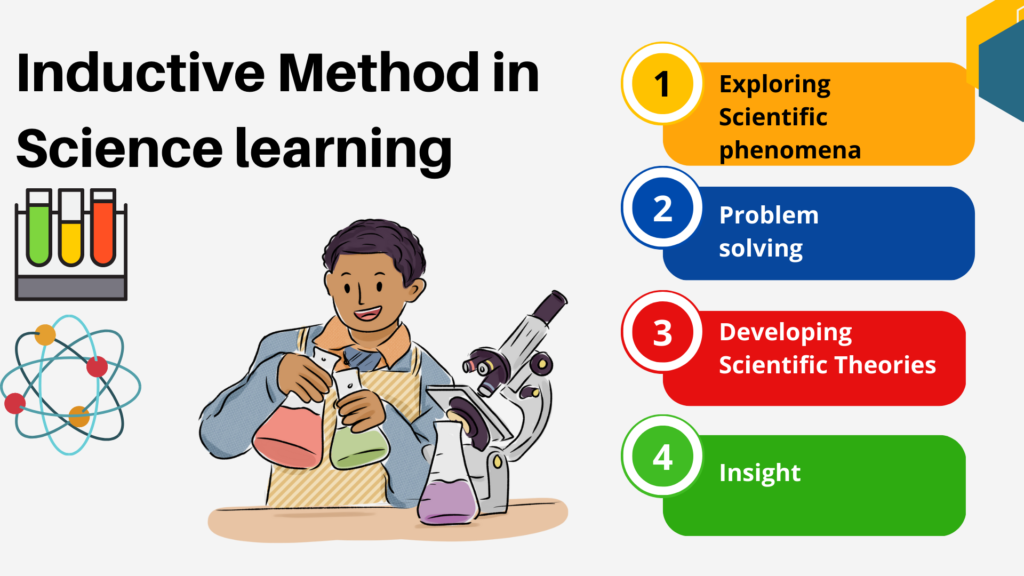The demonstration method of teaching is a teaching strategy that involves showing students how to perform a task or carry out a procedure. The teacher or instructor demonstrates the task or procedure while the students watch, and then the students are given the opportunity to practice it themselves.
Some key features of the demonstration method of teaching include:
- Hands-on learning: The demonstration method provides students with a hands-on learning experience. By watching the teacher perform the task or procedure and then practicing it themselves, students can gain a deeper understanding of the material.
- Active participation: Students are actively engaged in the learning process when using the demonstration method.
- Visual learning: The demonstration method utilizes visual learning, as students can see the task or procedure being performed before attempting it themselves.
- Feedback: Students can receive immediate feedback from the teacher or instructor while practicing the task or procedure. They can correct any errors or misunderstandings.
- Real-world application: This method is used to teach practical skills that have real-world applications. This can be particularly useful in vocational or technical fields.
- Repetition: The demonstration method allows for repeated practice of a task or procedure until students feel comfortable and proficient.
Also read: Simulation Teaching Method
Overall, the demonstration method of teaching can be an effective way to teach practical skills and procedures. However, it may be less effective for teaching more abstract or theoretical concepts. This method can be combined with other teaching strategies, such as discussion or group work, to encourage a deeper understanding.


